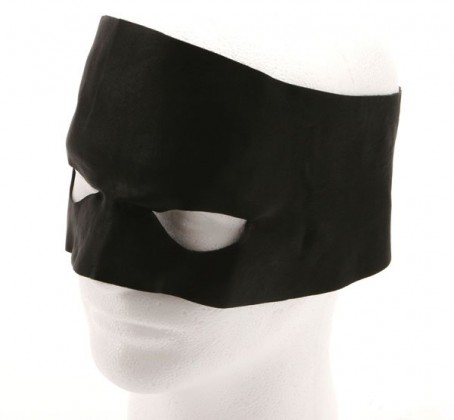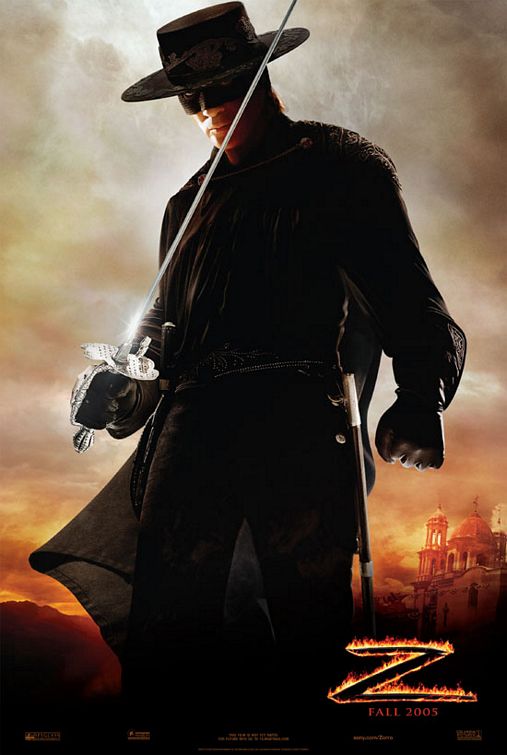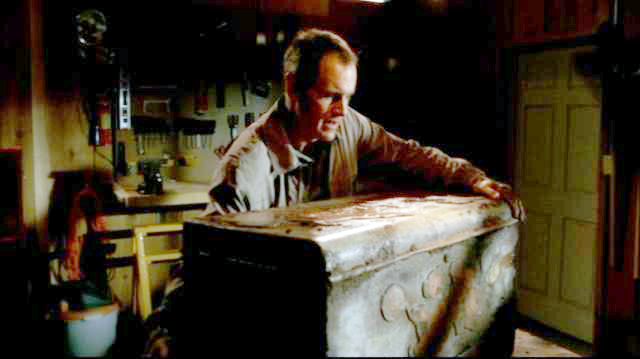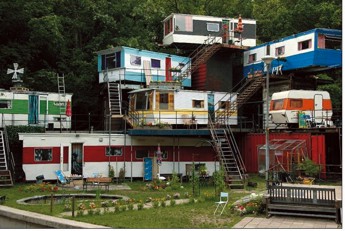Zorro Mask Unearthed Here

CORNVILLE, AZ. Hero or just a fictional character? For nearly a half a century, masked sword-wielding youngsters have donned the black outfit at Halloween to recreate Zorro, the Hispanic version of England’s Robin Hood. Son of a wealthy rancher, the plain, mild-mannered Don Diego de la Vega would become Zorro (“fox” in Spanish), defender of the weak and oppressed, and young, shapely damsels in distress.
The Legend of Zorro began in 1919 when Johnston McCulley, a 36-year-old former police reporter, wrote The Curse Of Capistrano. His story first appeared in the August 9 issue of the pulp magazine, All-Story Weekly. A fighter of evils, a righter of wrongs, Zorro may have been inspired by the infamous bandito Joaquin Murieta. Murieta was a California miner who struck back at the gold-seeking gringos who overran the Mexican settlement of San Andreas.
Some Arizona historians believe McCulley fashioned the original Zorro on the life of a peaceful poet from Sedona who road the trail between Prescott, the then territorial capital, and Flagstaff, a hot spot for gay caballeros. That trail would become Highway 89A. He would ride at night, protecting the innocent from robber barons and outlanders set on stealing their way to riches.
Arizona’s Zorro was named Juan Pedro de la Pinto, born in 1793 in Puerto Peasco on a shrimp boat. Shortly after Juan Pedro and his twin brother, Carlos Antonio, were born, their parents moved to what would later become Sedona. Fortunately, Senor Pinto had amassed a fortune in the shrimp and scallop industry, enabling him to afford land in the crimson spired north. After several confrontations with the Alcalde of Cornville, Eduardo Gonzalez Guillermo Juan Alberto Everett, Zorro’s father, summoned the twins to their Sedona home to help in the fight to keep their land and enforce zoning laws.
Juan Pedro arrived in the Verde Valley in 1817 alone. His twin brother had been abducted at age three–a fact kept from their parents–by prawn pirates who raised him to be a bad guy and turned him against his family and the cause of justice.
While McCulley’s Zorro rode a black stallion, Tornado, enlisting the aid of his manservant, Bernardo, to fight off evil soldiers, so the story goes that Juan Pedro rode a magnificent Arabian jet black steed named Caballola Medianoche and rode with his hostler, Felipe, to thwart the armed wrongdoers hiding behind the protection of the local military guard then led by Sergeant Manuel Jesus Garcia de la Elmer.

Zorro. While some historians hold to the theory that he is a fictional character, others beg to differ.
Adding credibility to the Arizona theory was the discovery of a black mask and a flailing instrument under a loose floorboard at the bar of the Page Springs Restaurant last Friday. According to the bartender, a local bar patron stumbled across the loose board while heading for a window table full of all-you-can-eat beef ribs.
Further investigation revealed a turquoise and silver belt buckle believed to come from the uniform of the Alcalde of Cornville and a locket with the faded pictures of a young man and woman. It is written that Zorro always wore a locket on a chain around his neck with the pictures of his father and mother inside. While the mask and whip may belong to one of the bar patrons, the belt buckle and locket led investigators to the de la Pinto family and their main adversary.
In just a week, people from around the world have been flocking to Cornville to sit on the bar stool covering the loose boards that once blanketed the caped crusader’s costume. Once a shy, sheltered shanty town inhabited with people whose biggest complaints were tax increases brought on by rich people moving into the neighborhood and bored residents toying with the idea of incorporation, Cornvillians and Page Springers now find their villas overrun with nosey reporters, rude onlookers and pushy privateers all hoping to capitalize on their recent historic discovery.
Luckily, Cliff Castle Casino and ILX Resorts were able to take in some of the traveling prospectors. Traffic became a major issue requiring immediate attention, forcing the Arizona Department of Transportation (ADOT) to widen Highway 260 between Cottonwood and Camp Verde and place signs along Interstate 17 directing traffic to the now-famous site.



